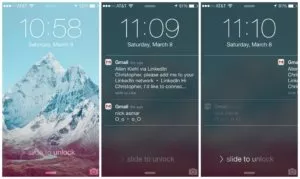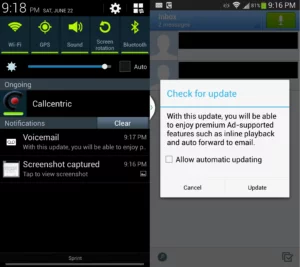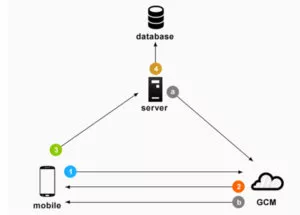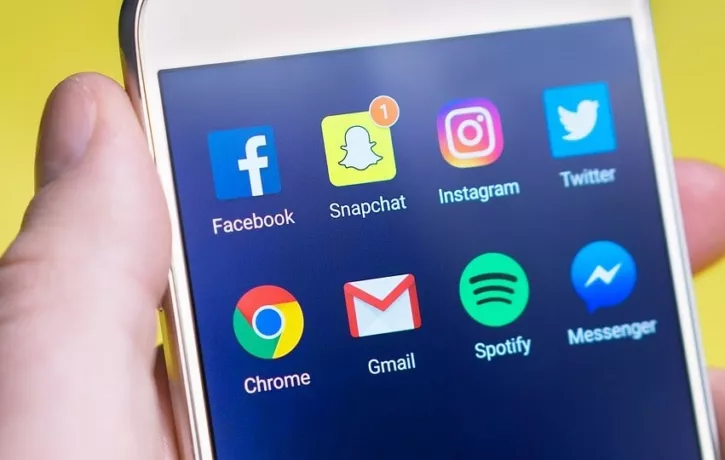More than half of Android users (59%) keep their push notifications enabled. iOS users do the same at the rate of 46%.
While both groups are relatively high, the difference is substantial. The variation can be attributed to the degree of choice: Androids automatically keep push notifications on, while iOS devices ask for permission.
This means there is a large opportunity to integrate Android push notifications on your app.

It has never been easier to integrate android push notifications.
Push notifications android developers do not need an entire back-end development team. Hook up to Google Cloud Messaging (GCM) which will host your messaging services and is completely free.
There is also a host of third-party back-end-as-a-service (BaaS) platforms that extend the functionality of GCM.
GCM itself has actually been officially upgraded to Firebase Cloud Messaging (FCM) this year. Existing GCM projects will continue to work fine, but they gain even more functionality with FCM services. You can even look for an Android push notifications components library for solutions.

There are many staple advantages to using push notifications with the GCM/FCM framework.
Android Push Notifications – Advantages and API’s
The main advantage of Android push notifications is that you connect directly with your user, even when the app is not active. There is no spam filter catching your message, and it will not sit idly by in an inbox.
This allows you to notify your users immediately of important updates or when new data is available for sync. Best of all, the GCM cloud server does the heavy lifting and causes little strain on your device’s battery.
A key function of FCM is versatile message targeting.
Users with multiple devices can all be sent the same push message, and it will be dispelled once it is answered on one of the devices. Alternatively, only the tablet can be targeted and not the smartphone.
You can also write code to target only certain users based on age, location or subscription to particular topics.
Finally, in addition to downstream messaging, individual users can send upstream messages across the same connection. Things like reviews, acknowledgments, and chats can be sent back to the same battery efficient channel.
Cloud messaging architecture
The cloud architecture is what allows for such efficient and quick messaging to take place. This visual representation is an easy way to conceptualize what is going on and why cloud messaging is so powerful.

We’ve provided a brief Android push notification tutorial below.
Your Android device sends a user ID (or token) to the GCM cloud for device registration. The cloud then sends a registration ID back to the device, which in turn is sent to the server and stored in a database. This server/database combination can be a private company’s server or a BaaS provider (Firebase, moBack, Appcelerator etc.).
Now, whenever a push notification is needed, the server sends a message to the cloud along with a user ID from the database, which then sends the push notification to the targeted user or group of users.
For more information about FCM android setup, visit the official documentation.
How to approach your push strategy
So you have this amazingly powerful tool to reach your users in less than a second (Some services clock push notifications at 250 milliseconds). Yet if you are spamming your users to use your app without providing any relevant information, you may do the opposite of engaging them and cause them to opt out of not only push notifications but of your app altogether.
The key is to create real value in your messages. Provide app users with information on an upcoming sale, or better yet, reward app users with exclusive offers as thanks for downloading the app.
App Analytics has also shown that segmented data, data targeted to only part of your apps’ user base, has shown more than a two-fold increase in opened push notifications when compared with broad, non-segmented data (from 3% to 7%).
The ubiquity of location beacons in smartphones can also be a powerful tool moving forward to hone in and further target users.
The function and utility of Android push notifications are only going to grow, so jump on board.

